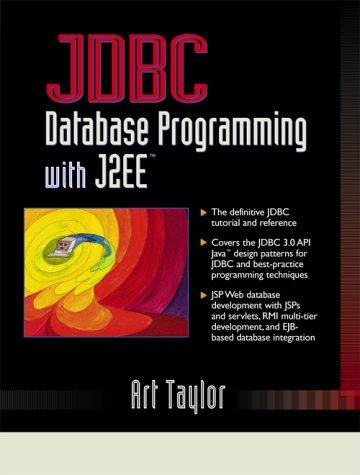Question
Student: Student ID: Unique identifier for each student First Name: Student's first name Last Name: Student's last name Address: Student's address Email: Student's email address
- Student:
- Student ID: Unique identifier for each student
- First Name: Student's first name
- Last Name: Student's last name
- Address: Student's address
- Email: Student's email address
- GPA: Student's grade point average
- Funding Request:
- Request ID: Unique identifier for each funding request
- Student ID: Foreign key - students
- Application Date: Date when the funding request was submitted
- Total Amount Needed: Total amount of financial aid requested
- Deadline: Date when the funding request needs to be paid
- Original Repayment Amount: Amount to be repaid by the students
- Educational Use: Purpose for which the funds will be used
- Reliability Rating: Likelihood of student repaying funds
- Donor:
- Donor ID: Unique identifier for each donor
- First Name: Donor's first name
- Last Name: Donor's last name
- Address: Donor's address
- Email: Donor's email address
- Phone: Donor's phone number
- Preferred Contact Method: Donor's preferred way to be contacted
- Contribution:
- Contribution ID: Unique identifier for each contribution
- Funding Request ID: Foreign key - funding request
- Donor ID: Foreign key - donor
- Contribution Date: Date when the contribution was made
- Amount: Amount donated
- Repayment:
- Repayment ID: Unique identifier for each repayment
- Donor ID: Foreign key - donor
- Amount: Amount repaid
- Repayment Date: Date when the repayments made
- Funding Request ID: Foreign key - funding request
1. Write a SQL query that, given a student borrower, returns all the fund details and the remaining due on all their funds/loans. In the query, use the primary key for one of the borrowers (rather than a name) such that it will execute correctly. Note that it should reflect the most up-to-date information possible for each fund/loan (as adjustments and payments should be considered).
2. Write a SQL query that returns information for each fund/loan and each donor for that fund, the fraction of how much they contributed. For example, for a single Fund 1 I might have Lender A that contributed 80% and Lender B that contributed 20%, or something like that
3. Write a SQL query that, given a fund id, will return the details of that fund and all of the changes to the due date, purpose, and payback amount as appropriate.
4. Some donors treat this more like micro-loans and would like to have a report wherein they can see if they are making money or not. Write a SQL query where, given a donor id, you calculate the total amount of money they have lent out, the total they expect to receive back, and the total collected to date. If they gave a $10k loan at 50%, then they only paid out $5k. On the same loan, if the amount due was $12k and it had been entirely paid off, then the lender only received $6k (due to their 50% contribution).
Step by Step Solution
There are 3 Steps involved in it
Step: 1

Get Instant Access to Expert-Tailored Solutions
See step-by-step solutions with expert insights and AI powered tools for academic success
Step: 2

Step: 3

Ace Your Homework with AI
Get the answers you need in no time with our AI-driven, step-by-step assistance
Get Started


